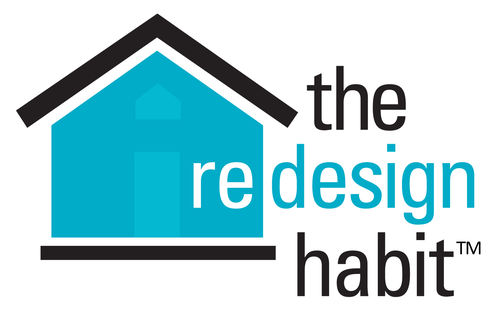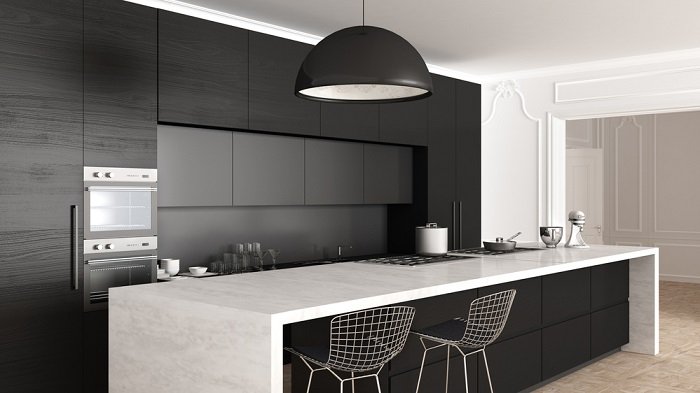Countertop Options Explained…
Confused by countertops? Don’t feel bad. There’s lots of info—some of it contradictory, lots of it confusing—which makes it hard to understand your options for a big kitchen project you may only tackle once or twice in your lifetime. In this blog I’ll keep it simple and just cover the basics: the main countertop options and what you can expect if you select an option to be a focal point for your kitchen.
Granite: Granite is a natural stone that comes in slab form. If you want true granite countertops, watch out for the term “cultured granite” as these may look like granite but come from man-made materials. Average cost: $40 to $100 per sq foot.
· Pros: Durable, heat resistant, fairly scratch resistant.
· Cons: Limited color selection, fairly porous, need to be sealed, can be expensive.
Quartz: Quartz is a man-made stone, which is a combination of natural quartz material, resin, polymers, and pigments. Average cost: $50 to $65 per sq. foot.
· Pros: Wide variety of colors and patterns. Looks similar to granite or porcelain, non-porous so stands up well to stains and easy to keep clean.
· Cons: Not very heat resistant, does not have the same look as a natural stone, can fade with too much sun exposure.
Marble: Natural stone cut into large slabs from sources worldwide. Provides a luxurious look to any décor. Average cost: $40 to $100 per sq. foot.
· Pros: Beautiful look, natural stone that when sealed and maintained properly can outlast other materials, fairly heat and scratch resistant, stays cool so is often a baker’s choice for rolling out pastry.
· Cons: Some maintenance required, porous so can stain, softer stone so may scratch more easily than other surfaces, can be expensive so can be cost prohibitive for a lot of people.
Porcelain: Porcelain is a manufactured ceramic material that looks very similar to quartz or marble. Average cost: $45 to $65 per sq foot.
· Pros: Affordability, extremely durable, heat resistant, non-porous, won’t fade, easy upkeep.
· Cons: Selection, availability.
Butcher block: Natural surface, fairly “green” choice made of wood that can add natural warmth to your kitchen. Average cost: $20 to $70 per sq foot.
· Pros: Affordability, sustainable choice, fairly durable, more easily repaired than other surfaces if it becomes damaged, beauty, many different styles available.
· Cons: Wood is a fairly soft product compared to stone so may scratch or dent, must be maintained properly. If not sealed properly fairly porous and can harbor germs.
Laminate: Man-made material that offers lots of variety and is adhered to wood or other solid surface to make a countertop. Average cost: $15 to $40 per sq. foot.
· Pros: Tons of patterns and colors to choose from, very affordable. Easy to keep clean.
· Cons: Not heat resistant. Can fade, scratch, chip easily. Difficult to repair if damaged.
Note: Costs don’t necessarily include demo or installation charges.
As you can see, you’ll have many considerations when it comes to choosing a countertop. Even the cheapest options are still a big investment that can’t be changed easily, so take good notes and don’t be afraid to ask lots of questions as you continue your research. I hope this info provides a good starting point. Please feel free to reach out to us at The Redesign Habit and ask questions or simply share a project that you are working on or have completed.
Now, what will you do next to love where you live?
For more great stories and ideas please follow us on Facebook, Instagram, and Twitter.






